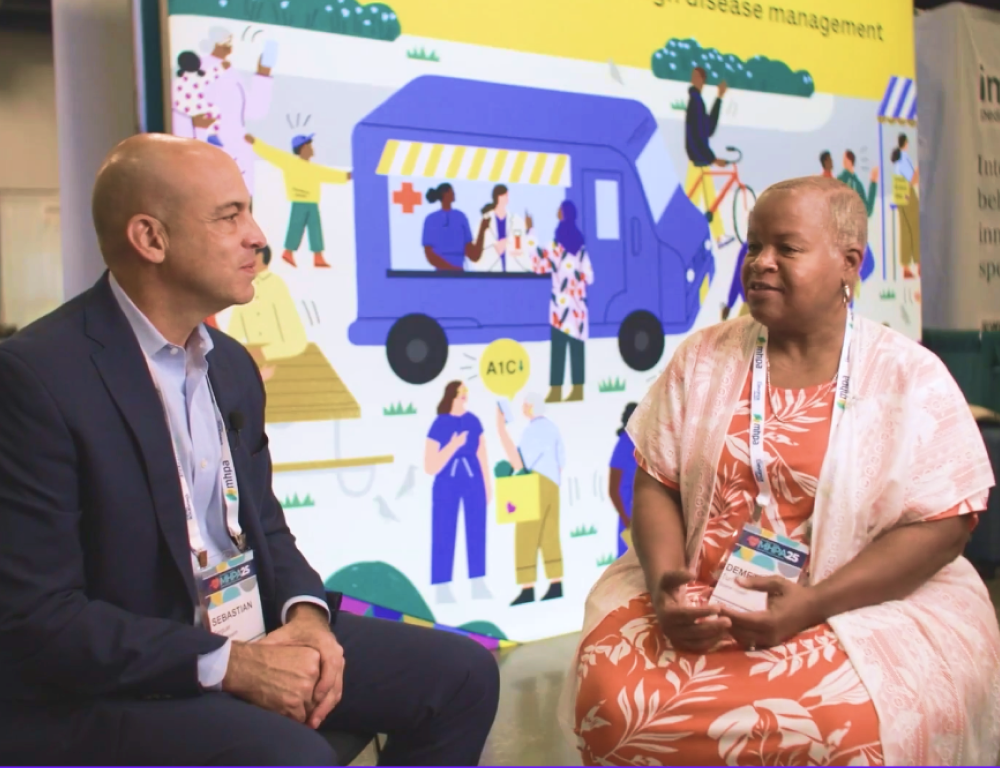The Doctor Dilemma: Navigating America's Physician Shortage

The healthcare system in the United States is grappling with a daunting challenge: we're running out of doctors.
The American Hospital Association sounded the alarm earlier this year, predicting that the current physician labor shortages will persist for the foreseeable future. Factors such as patterns in medical education, an aging workforce, and the pervasive issues of extreme stress, anxiety, and burnout are contributing to this crisis. By 2034, the industry could face a deficit of up to 124,000 physicians, with 16.7% of hospitals anticipating a critical staffing shortage.
Why does it matter
Doctors are at the forefront of the patient experience. When patients seek medical care, it's often their doctor that they turn to first. Our recent medication survey showed that patients not only want more interactions with their doctors but also consider these connections central to their healthcare journey. However, due to the shortage, doctors are increasingly burdened with massive patient loads, diminishing the quality of appointments and hindering the development of productive physician-patient relationships.

When patients struggle to reach their doctors and have limited interaction time with them, it can lead to confusion and uncertainty about their medications. They may be more likely to miss doses, discontinue medications prematurely, or misunderstand the proper way to take their prescribed drugs. This not only hinders their health outcomes but can also result in adverse medical events and increased healthcare costs.
Fortunately, healthcare is evolving to address these challenges.
Nurses are filling in the gaps
One notable adaptation is the expansion of nurses' roles, allowing them to take on responsibilities traditionally reserved for doctors. Currently, more than half of U.S. states, two territories, and the District of Columbia have adopted licensure laws that allow advanced practice registered nurses and nurse practitioners a pathway to full practice authority, but this solution has limitations. The COVID-19 pandemic has left nurses under extreme stress, with over 600,000 indicating intentions to leave the workforce by 2027, meaning that patients will find it increasingly more challenging to access healthcare professionals over the next few years. Additionally, groups representing physicians and medical societies argue that advanced practice registered nurses and nurse practitioners are not trained to practice independently and that residents deserve quality care delivered by physician-led teams.
Payment structures are shifting
To maintain a dwindling workforce, the healthcare industry is attempting to shift payment structures. The introduction of Remote Therapeutic Monitoring (RTM) codes offers a means to sustain quality care amid labor shortages. These codes allow a range of healthcare professionals to order and bill for RTM as general medicine services. While they aim to improve therapy adherence and patient response, RTM codes come with limitations. For example, at least 16 days of data must be reported during a 30-day period to bill the RTM professional codes, and only one practitioner can bill RTM device codes per patient per period. The structures of the RTM codes also pose challenges, limiting the ability of clinical staff to assist in monitoring therapeutic data unless directly supervised by a billing practitioner.
Telehealth is paving a new path to care
Telehealth represents another adaptation leveraging technology to bridge the gap between doctors and patients. This strategy has gained significant traction, particularly during and after the COVID-19 pandemic, providing a convenient and efficient means of delivering care. However, barriers persist, including licensing and credentialing limitations, insufficient infrastructure, privacy and security concerns, and demographic disparities. Additionally, evidence suggests that telemedicine may be less efficient than in-person–based care and may increase the after-hours work burden of physicians. These issues prevent many telehealth solutions from gaining adequate traction and stakeholder buy-in.
While telehealth and expanding the roles of non-physician healthcare professionals is a step towards filling the gaps left by the physician shortage, additional solutions are needed.
Medication engagement is the comprehensive solution
Designed to empower patients, improve medication adherence, and alleviate the administrative burden on physicians while bolstering physician-patient relationships, medication engagement combines the strengths of different strategies to improve care.
Utilizing cutting-edge digital health innovations like video Directly Observed Therapy and evidence-based interventions, medication engagement equips patients with the knowledge, tools, and support necessary to take charge of their health and adhere to prescribed medication regimens.
In this collaborative model, teams of dedicated pharmacists, nurses, and health coaches work to efficiently manage the administrative and educational aspects of patient care. This teamwork not only lightens the workload for physicians but also fortifies the relationships between physicians and patients, enriching the overall healthcare experience.

Medication engagement programs offer patients a spectrum of tailored interventions, ranging from condition management education to more complex clinical support. This versatility ensures that patients receive care that aligns with their specific needs and preferences, enabling them to maximize the value of their limited time with healthcare providers. Through education, guidance, and skill-building, patients become better equipped to communicate effectively with their doctors, leading to more efficient appointments and improved adherence to treatment plans.
Looking to the future
The pressing challenge of a physician shortage in the U.S., demands a united effort, innovative thinking, and a commitment to improving the quality of care for all patients.
Medication engagement is a comprehensive solution that leverages, telehealth techniques, and digital health innovations to ease physician workloads, increase patient access to care, and improve the physician-patient relationship.
Contact us to learn more about our approach to medication engagement and how we partner with organizations across the healthcare landscape to inspire better health.




Download the Insights into Medication Challenges in Populations with Low Incomes: The Scene Medication Survey

Download the Insights into Medication Challenges in Populations with Low Incomes: The Scene Medication Survey





.png)

